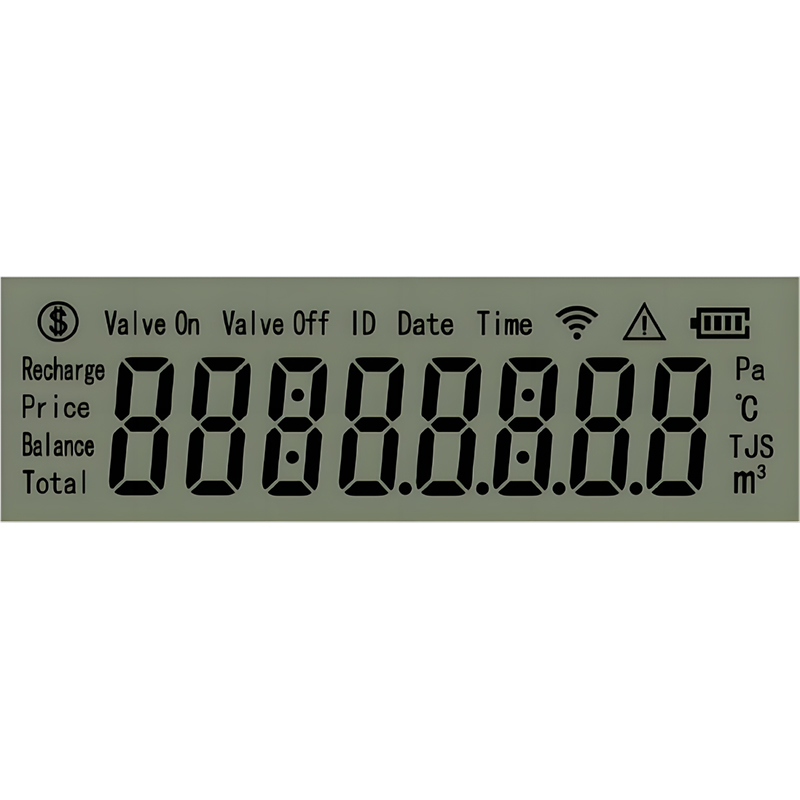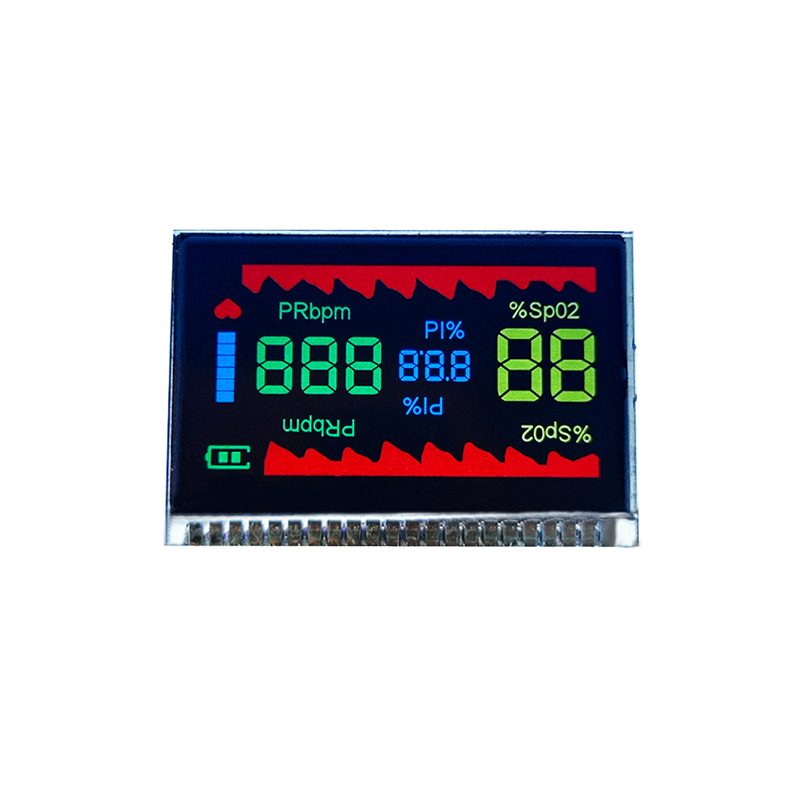
Selecting the appropriate 4 inch TFT display for Arduino requires careful consideration of several factors. The display's resolution, interface type, backlight, and power consumption all play crucial roles in determining its suitability for your project. Let's delve into the key specifications you should consider.
Resolution is a critical aspect. Higher resolutions (e.g., 480x320 pixels) offer sharper images and more detail, but they also demand more processing power from your Arduino. Common resolutions for 4 inch TFT displays include 480x320, 320x240, and even lower resolutions depending on your needs and budget. The display type itself—whether it's a standard TFT, an IPS (In-Plane Switching) for better viewing angles, or even a touchscreen variant—impacts image quality and cost.
Most 4 inch TFT displays for Arduino use SPI or parallel interfaces. SPI is generally preferred due to its simpler wiring and reduced pin count on the Arduino. Understanding the interface is essential for proper connection and communication. You'll need to consult the display's datasheet to determine its specific interface requirements. Some displays may also include features like touchscreens, requiring additional libraries and configurations.
The backlight type (LED, for example) impacts the display's brightness, power consumption, and overall cost. Consider the ambient lighting conditions where your project will be used. A brighter backlight is necessary for outdoor use, but it will also consume more power. Always check the datasheet for details on power consumption to ensure your Arduino can adequately supply the display.
The wiring process varies depending on the specific 4 inch TFT display model and its interface. Consult the datasheet for accurate pin assignments. You'll typically need to connect the display's data, clock, chip select, and reset lines to the Arduino. Appropriate Arduino libraries are essential for communication with the display. Popular libraries include Adafruit_TFTLCD and UTFT, offering functions for controlling the display's brightness, displaying text and images, and more.
While specific code depends entirely on the display model and library used, here’s a simplified illustration using the Adafruit_TFTLCD library:
#include #include #include // ... (Your display specific pin definitions) ...Adafruit_TFTLCD tft(LCD_CS, LCD_CD, LCD_WR, LCD_RD, LCD_RESET);void setup() { tft.begin(0x9341); //Example ID, change accordingly. tft.fillScreen(ST7735_BLACK); //Fill screen with black tft.setCursor(0, 0); tft.println(Hello, World!);}void loop() { // Your display control code here.} Remember to replace placeholder values with those specific to your 4 inch TFT display and the appropriate library. Always refer to the display’s datasheet and the library’s documentation for accurate and comprehensive instructions.
Troubleshooting problems often involves verifying connections, checking power supply, and confirming the correct library and code are being utilized. Common issues include blank screens, incorrect color display, and flickering. Careful examination of the wiring and code is crucial in resolving these issues.
High-quality 4 inch TFT displays for Arduino are widely available from various online retailers. For a reliable source of LCD displays and related components, explore Dalian Eastern Display Co., Ltd. They offer a diverse selection of displays suitable for various applications. Remember to always compare specifications and prices from multiple vendors before making your purchase.
Integrating a 4 inch TFT display with your Arduino projects opens up exciting possibilities for creating interactive and visually appealing applications. By carefully selecting the right display based on your project’s requirements and understanding the necessary connection and programming aspects, you can significantly enhance the user experience and functionality of your creations.
Disclaimer: This article provides general guidance. Always consult the datasheets of the specific components you use for accurate technical details and instructions.












